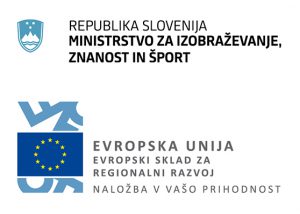ANTIBACTERIAL BASED ON MONOCYCLIC FRAGMENTS COUPLED TO AMINOPIPERIDINE NAPHTHYRIDINE SCAFFOLD
Innovative right hand side fragments bind primarily to the bacterial DNA gyrase enzyme, providing excellent antibacterial potencies of the entire NBTI compounds at the enzyme and bacterial-cell level compared to existing NBTI agents. They also exhibit a broad spectrum of antibacterial activity and selectivity for a bacterial enzyme compared to the analogous human enzyme. Despite the undesirable cardiotoxicity, the difference in the strength of the effect on bacterial cells and toxicity indicates the possibility of achieving an appropriate therapeutic window.…

